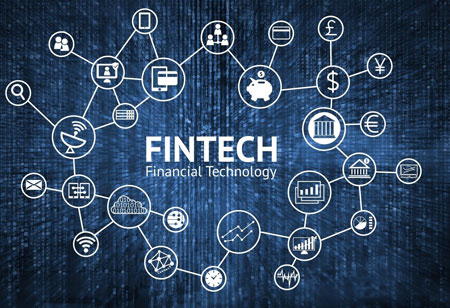THANK YOU FOR SUBSCRIBING

By
Banking CIO Outlook | Wednesday, July 24, 2019
Stay ahead of the industry with exclusive feature stories on the top companies, expert insights and the latest news delivered straight to your inbox. Subscribe today.
In future, the digital revolution in the traditional banking area will focus on improving customer experiences and increasing accountability.
FREMONT, CA: The range and speed of regulatory, customer behavior, and technology development–combined with the advent of new rivals are to boost the future of banking. New techniques are transforming banking practices, offering financial institutions with a multitude of possibilities.
Always-On, 'Invisible' Banking
Many specialists think that the post-digital era is entering the company environment. Fuelled by sophisticated data analytics, artificial intelligence (AI), voice-controlled devices, application programming interface (API) and cloud computing, the Invisible Bank can be seamlessly incorporated into the everyday lives of a consumer. Ultimately being accessible' beyond the device,' these techniques will enable customers to be accessible 24/7 as a virtual, e-personal digital concierge for banking, commerce, daily intelligence, and decision-making. In a manner, like most businesses, the idea is not entirely new, direct deposits being an instance of an unseen transaction. But the range is much bigger now, and the speed is much nearer to the immediate.
Extended Reality
The extended reality, including virtual reality, augmented reality and mixed reality, narrow the distance between customer and experience. Indeed, according to Gartner, by 2019, nearly 20 percent of large-scale firms will embrace expanded reality. The businesses can look at establishing competitive differentiation with this technology merely by overlaying the real environment with digital enhancements to extend human reality.
Data Veracity
Traditionally, through various yet genuine sources, banks have always been the powerhouse of information. However, with the advent of open data policy and access to state and third-party databases accessibility or even social media interaction, information generation has increased but not checked. As the Internet of Things, Open Banking APIs, and AI boost that information flow, banks will need to address both the upside and downside danger of having a privileged position in the economy. Customers know the importance of their information and start demanding reciprocity.
Internet of Thinking
Wouldn't it be great if banks were to work with the telecommunications service provider to evaluate information shared with your approval to provide tailored services in real-time? The banks need to handle the complexity of unexpected, internal, and physical world interactions to produce such intelligence.
Businesses need to move event-driven assessment and decision-making closer to interaction points, and information generation closer to the network edge. With this, banks will be able to build advanced, smart robotic experiences, immersive reality, artificial intelligence, or the Internet of Things on which their next-generation strategies are based.
Check Out:- Manage HR MagazineOutlook
THANK YOU FOR SUBSCRIBING
Be first to read the latest tech news, Industry Leader's Insights, and CIO interviews of medium and large enterprises exclusively from Banking CIO Outlook
I agree We use cookies on this website to enhance your user experience. By clicking any link on this page you are giving your consent for us to set cookies. More info



